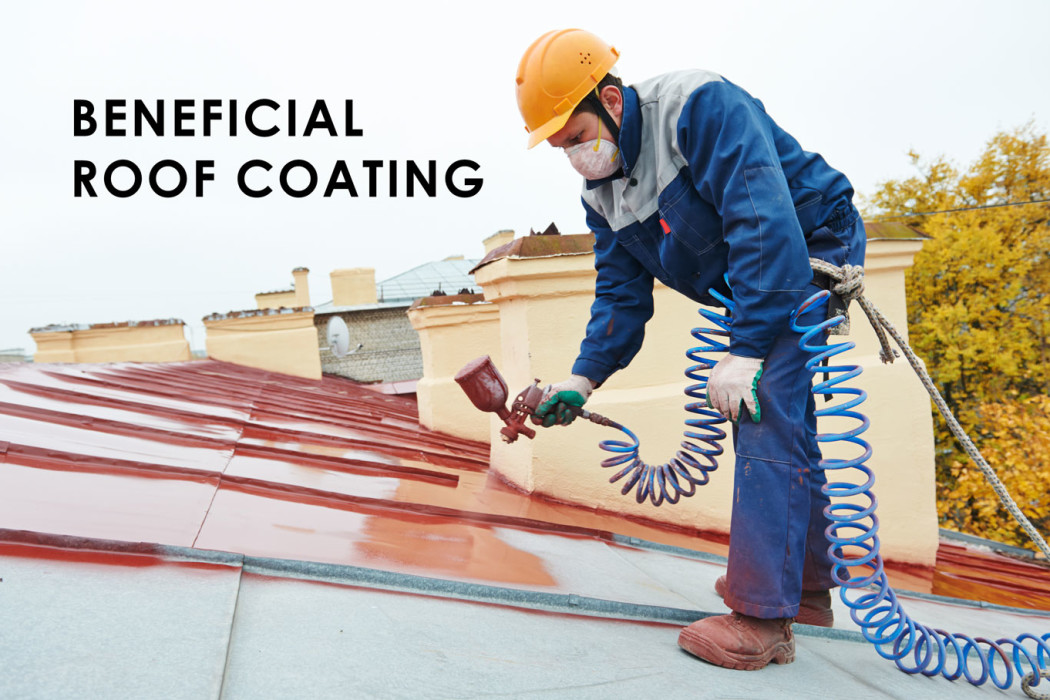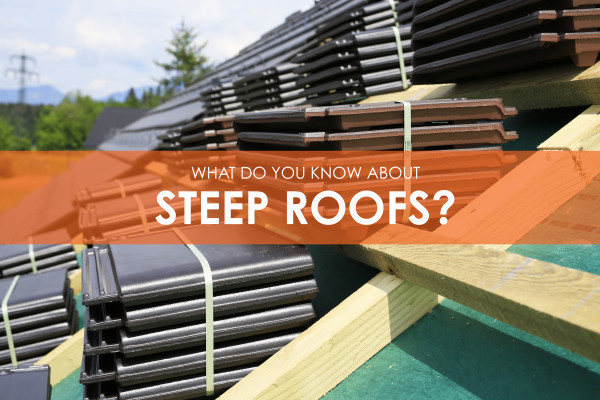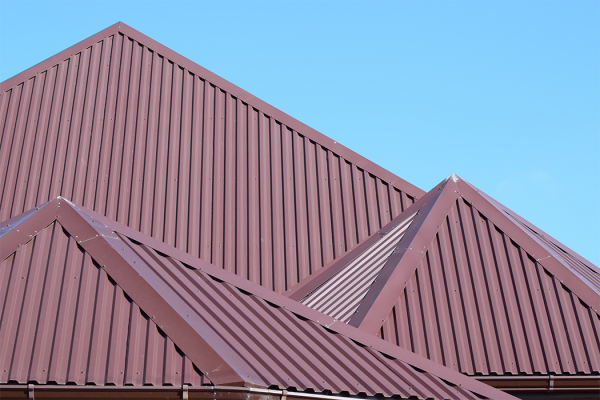Depending on the roof you have installed on your commercial building, you might be looking at 10, 20, 50 or even more years of effective roof-life. The type of roof material, weather conditions (extremely hot or freezing temperatures, strong wind, rain, snow or hail), as well as other factors can decrease the normal life span of a roof.
Roof coating is an extra layer of protection placed on an already completed roof that can give it several more years of life.
Typically, roof coatings are designed to expand and retract together with roof materials depending on the weather conditions. By doing this, the coating remains unaffected and adhered to the roof to prevent creating a rupture in the membrane.
Benefits of Roof Coating
- Increase roof life
A good roof coating can increase the roof’s life by several years. Re-coating can also be an option, which will allow a few more years to be ‘squeezed’ from the roofing system. Finally, some roof coatings have a reflective ability which reduce the temperature of the roof and slows the effects of UV and heat.
- Reduces energy usage
In areas where roof coating has been applied, employees will experience a more pleasant temperature. In addition, thanks to the emissive and reflective properties of most roof coatings, they reduce energy use during the day. This means there is less strain on the HVAC system.
- Less construction debris
One unwanted by-product of roofing projects is the amount of debris left behind. By applying a roof coating and extending the lifespan of a roofing system, you can reduce the amount of debris created during roof repairs.
How to Apply Roof Coating to a Roof?
To apply a roof coating the roof needs to be prepped first. This means inspecting the roof for damaged or worn sections or other defects and repairing these flaws. Next, the roof will have to be pressure-washed to remove any residue. If any residue is left on the roof, the coating will not be able to connect properly to the roof material and, therefore, won’t be as effective.
Before applying the actual coating, a coat of primer needs to be used on the roof. This will allow the coating to adhere better to the roof. Once the primer is applied, the roof coating comes next. You may need several layers of it before reaching the needed thickness. The required thickness depends largely on the ingredients in the coating, as well as the climate in this region. Always allow the previous layer to dry before the next coat is applied.




